
Charles Hoy Fort was an American writer and researcher who specialized in anomalous phenomena. The terms "Fortean" and "Forteana" are sometimes used to characterize various such phenomena. Fort's books sold well and are still in print. His work continues to inspire admirers, who refer to themselves as "Forteans", and has influenced some aspects of science fiction.
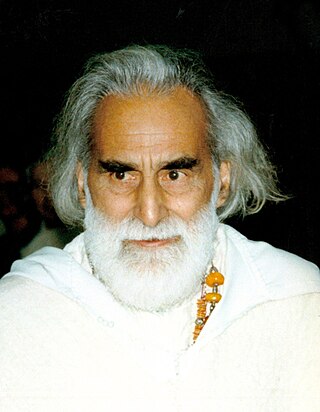
Vilayat Inayat Khan was a teacher of meditation and of the traditions of the East Indian Chishti Sufi order of Sufism. His teaching derived from the tradition of his father, Inayat Khan, founder of The Sufi Order in the West, in a form tailored to the needs of Western seekers. One of his sisters was Noor Inayat Khan GC MBE. He taught in the tradition of Universal Sufism. His parents met at the New York City ashram of American yogi, Pierre Bernard, half-brother of his mother Pirani Ameena Begum.
In American science fiction of the 1950s and '60s, psionics was a proposed discipline that applied principles of engineering to the study of paranormal or psychic phenomena, such as extrasensory perception, telepathy and psychokinesis. The term is a blend word of psi and the -onics from electronics. The word "psionics" began as, and always remained, a term of art within the science fiction community and—despite the promotional efforts of editor John W. Campbell, Jr.—it never achieved general currency, even among academic parapsychologists. In the years after the term was coined in 1951, it became increasingly evident that no scientific evidence supports the existence of "psionic" abilities.

Fortean Times is a British monthly magazine devoted to the anomalous phenomena popularised by Charles Fort. Previously published by John Brown Publishing, I Feel Good Publishing, Dennis Publishing, and Exponent (2021), as of December 2021 it is published by Diamond Publishing, part of Metropolis International.

Chasing Vermeer is a 2004 children's art mystery novel written by Blue Balliett and illustrated by Brett Helquist. Set in Hyde Park, Chicago near the University of Chicago, the novel follows two children, Calder Pillay and Petra Andalee. After a famous Johannes Vermeer painting, A Lady Writing, is stolen en route to the Art Institute of Chicago, Calder and Petra work together to try to recover it. The thief publishes many advertisements in the newspaper, explaining that he will give the painting back if the community can discover which paintings under Vermeer's name were really painted by him. This causes Petra, Calder, and the rest of Hyde Park to examine art more closely. Themes of art, chance, coincidence, deception, and problem-solving are apparent.
Andrew Harvey is a British author, religious scholar and teacher of mystic traditions, known primarily for his popular nonfiction books on spiritual or mystical themes, beginning with his 1983 A Journey in Ladakh. He is the author of over 30 books, including, The Hope, A Guide to Sacred Activism, The Direct Path, the critically acclaimed Way of Passion: A Celebration of Rumi, The Return of the Mother and Son of Man. He was the subject of the 1993 BBC documentary "The Making of a Modern Mystic" and is the founder of the Sacred Activism movement.
Betty Edwards is an American art teacher and author best known for her 1979 book Drawing on the Right Side of the Brain. She taught and did research at the California State University, Long Beach, until she retired in the late 1990s. While there, she founded the Center for the Educational Applications of Brain Hemisphere Research.
Timothy James "Matthew " Fox is an American priest and theologian. Formerly a member of the Dominican Order within the Catholic Church, he became a priest in the Episcopal Church following his expulsion from the order in 1993.
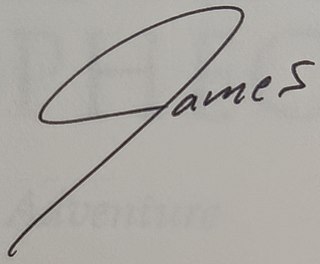
James Redfield is an American writer, lecturer, screenwriter, and film producer. He is notable for his 1993 novel The Celestine Prophecy.

William Roger Corliss was an American physicist and writer who was known for his interest in collecting data regarding anomalous phenomena. Corliss was Charles Fort's most direct successor. Arthur C. Clarke described Corliss as "Fort's latter-day - and much more scientific - successor."
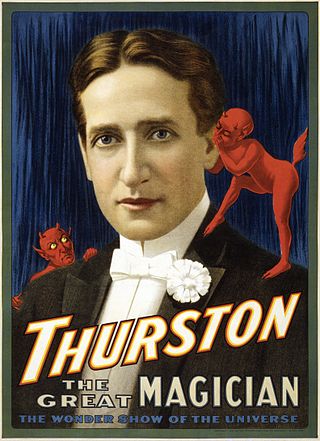
Howard Thurston was a stage magician from Columbus, Ohio, United States. As a child, he ran away to join the circus, where his future partner Harry Kellar also performed. Thurston was deeply impressed after he attended magician Alexander Herrmann's magic show and was determined to equal his work. Alexander Herrmann was a French magician and was known as "Herrmann the Great". Thurston eventually became the most famous magician of his time. Thurston's traveling magic show was the biggest one of all; it was so large that it needed eight train cars to transport his road show.

The Book of the Damned was the first published nonfiction work by American author Charles Fort. Concerning various types of anomalous phenomena including UFOs, strange falls of both organic and inorganic materials from the sky, odd weather patterns, the possible existence of creatures generally believed to be mythological, disappearances of people, and many other phenomena, the book is considered to be the first of the specific topic of anomalistics.
Wild Talents, published in 1932, is the fourth and final non-fiction book by the author Charles Fort, known for his writing on the paranormal.
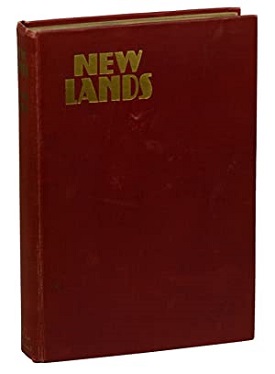
New Lands is the second nonfiction book of the author Charles Fort, published in 1923. It deals primarily with astronomical anomalies and has been described as "largely a satirical attack upon the pomposity of astronomers".

Jim Steinmeyer is an American author, inventor, and designer of magical illusions and theatrical special effects. He holds four US patents in the field of illusion apparatus, including a modern version of the Pepper's Ghost illusion. Steinmeyer has consulted for many famous magicians, including David Copperfield, Doug Henning, Siegfried and Roy, and Lance Burton.
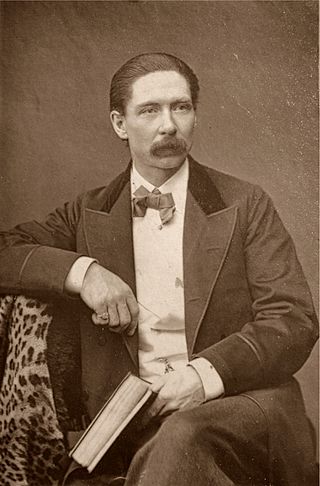
John Nevil Maskelyne was an English stage magician and inventor of the pay toilet, along with other Victorian-era devices. He worked with magicians George Alfred Cooke and David Devant, and many of his illusions are still performed today. His book Sharps and Flats: A Complete Revelation of the Secrets of Cheating at Games of Chance and Skill is considered a classic overview of card sharp practices. In 1914 he founded the Occult Committee, a group to "investigate claims to supernatural power and to expose fraud".
Edmund Lenihan, known as Eddie Lenihan, is an Irish author, storyteller, lecturer and broadcaster. He is one of the few practising seanchaithe remaining in Ireland. He has been called "one of the greatest of Irish story-tellers", "a national treasure" and an "absolute legend."
Robert Damon Schneck is an American writer specializing in anomalous phenomena and historical oddities.
Teleportation is the hypothetical transfer of matter or energy from one point to another without traversing the physical space between them. It is a common subject in science fiction and fantasy literature. Teleportation is often paired with time travel, being that the traveling between the two points takes an unknown period of time, sometimes being immediate. An apport is a similar phenomenon featured in parapsychology and spiritualism.
The International Fortean Organization (INFO) is a network of professional Fortean researchers and writers. John Keel, author and parapsychologist, in both his writings and at his appearances at INFO's FortFest, said "the International Fortean Organization (INFO) carries on Charles Fort's name as successor to the Fortean Society." Keel, Colin Wilson and John Michell were long-time advisors to the organization.











